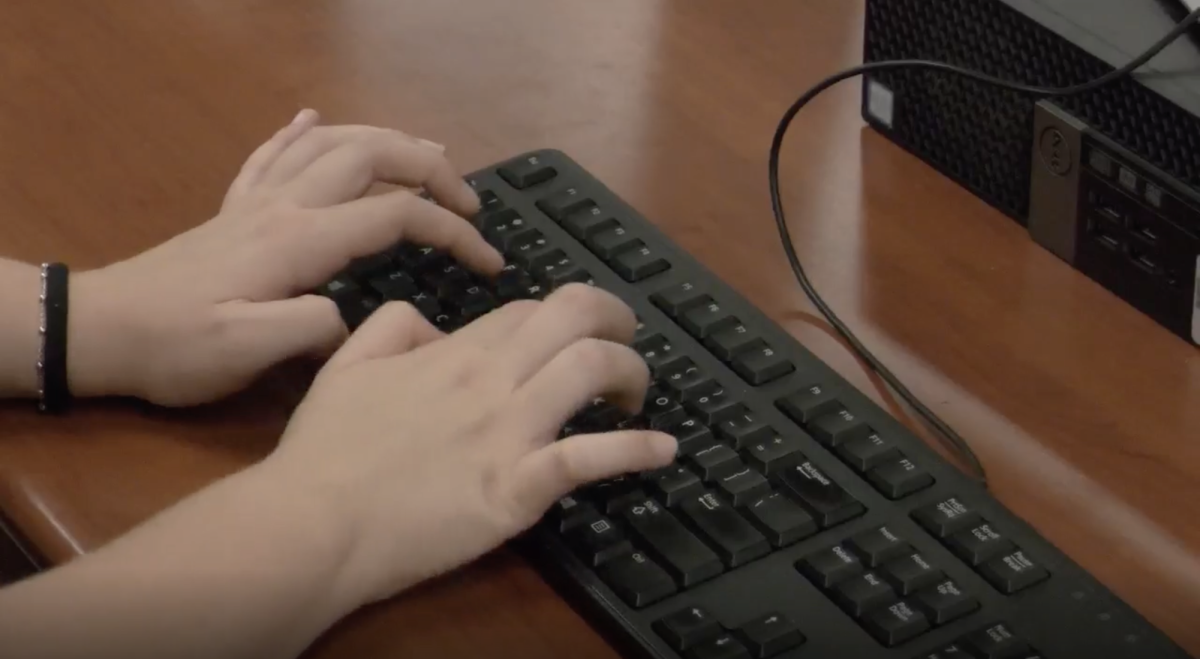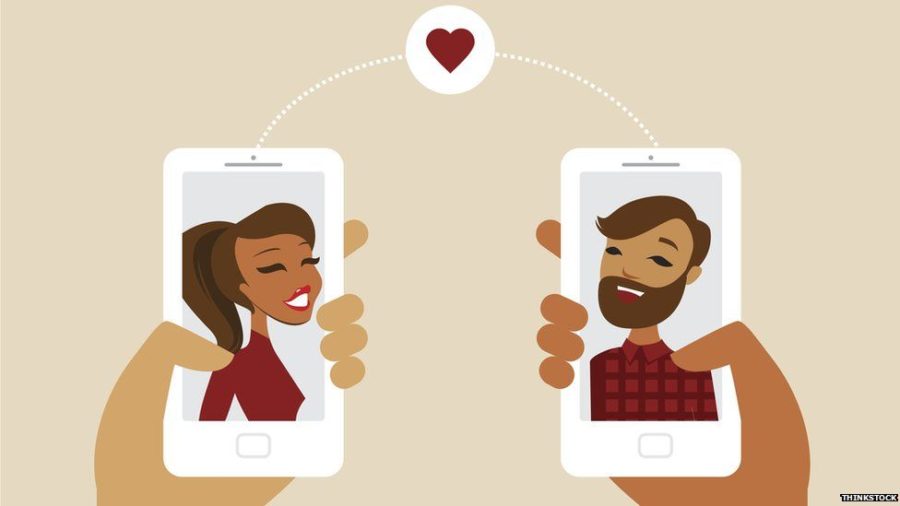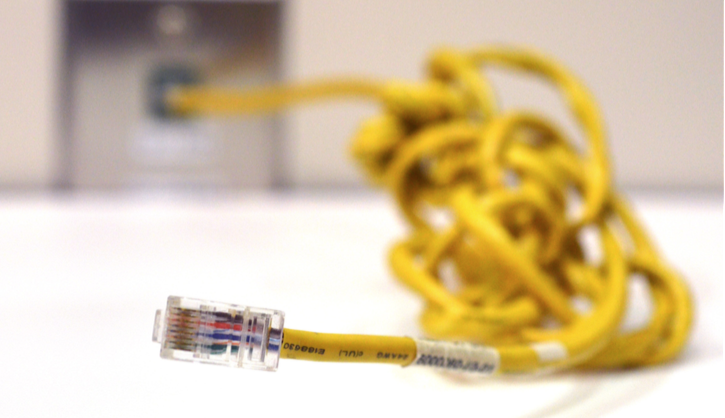
The cultural phenomenon that is the iPhone has gone through many metamorphoses since its initial model was released in 2007.
On campus, in any handpicked group of students, there will almost always be at least one individual with an iPhone. On Sept. 9, Apple announced the next generation of its phone turned societal staple for the masses.
The iPhone 6 and its larger cousin, the iPhone 6 Plus, will be released Sept. 19, leaving many individuals to ponder its potential benefits or advantages for early adopters.
One of the most obvious advantages to any potential customer interested in the technical fidelity of the device will be its increased screen size. Whereas the iPhone 5 and its subsequent upgrades sported a four-inch screen, the iPhone 6’s screen is measured at 4.7 inches. The Plus model’s screen is measured at 5.5 inches.
Both models will feature improved screen resolutions for the purpose of high-quality video viewing and streaming, as well as more screen space for multiple apps. In particular, the 6 model’s screen will have a screen resolution of 1334×750; the 6 Plus will boast an impressive 1920×1080 display resolution.
Apple’s new devices may be bigger and better at first glance, but it is not guaranteed that their larger screens will also uphold the ease-of-use that has long characterized the iPhone and Apple products in general. The Plus model is of particular concern regarding this issue.
For many individuals, the 5.5-inch screen will stretch across a large part or even the entirety of their hand, restricting the ability to use their phone without dedicating both hands to the endeavor.
The iPhone 6 likely will not have these same problems. In comparison to its largest Android-based competitor, the Samsung Galaxy S5, the iPhone 6 is still shorter in length by 0.4 inches.
To combat potential ease-of-use problems regardless of which model a customer chooses to adopt, Apple has developed a feature for both models dubbed Reachability, which reduces the space that the phone’s user interface will occupy in order to allow users to more easily reach their intended apps and functions using a single thumb as opposed to occupying both of their hands. But it remains to be seen how effective this advancement will be for early buyers.
Of course, one of the most important aspects in regards to new technology is always its affordability, and Apple is still showcasing its commitment to high price points in spades. The iPhone 6 will debut at a $199 price point on contract or a staggering $649 unlocked with a perhaps worryingly small storage space of 16GB. The plus model ups the ante by debuting at $299 on contract and $749 unlocked for, once again, a 16GB model.
Upgrades to memory storage to 64 or 128GB will run customers $100 and $200 respectively, adding an even larger financial entrance barrier to the iPhone 6 experience.
For many individuals, however, the price point and lack of relevant new features to the masses are a rather small thorn in the side of Apple’s profit margins.
“These new iPhones look like they have great features, but I can’t justify spending ludicrous amounts of money for this sort of upgrade,” said Will Mueller, a sophomore record production major.
Given that the majority of college students are not always in the greatest financial state, it appears Apple’s latest innovation may not be as successful.
“I already have an iPhone that works fine. Why would I need another one?” said Sam Bull, a sophomore international business major.
Regardless of these perspectives, Apple is likely to be placing its hopes on its dedicated userbase in order to facilitate the success of these new devices. For those who must have the latest cellular device or Apple product, the iPhone 6 looks like a quick purchase.
But for the more skeptical or cautious consumer, it appears that exercising patience until more information about the product surfaces is ideal.


































